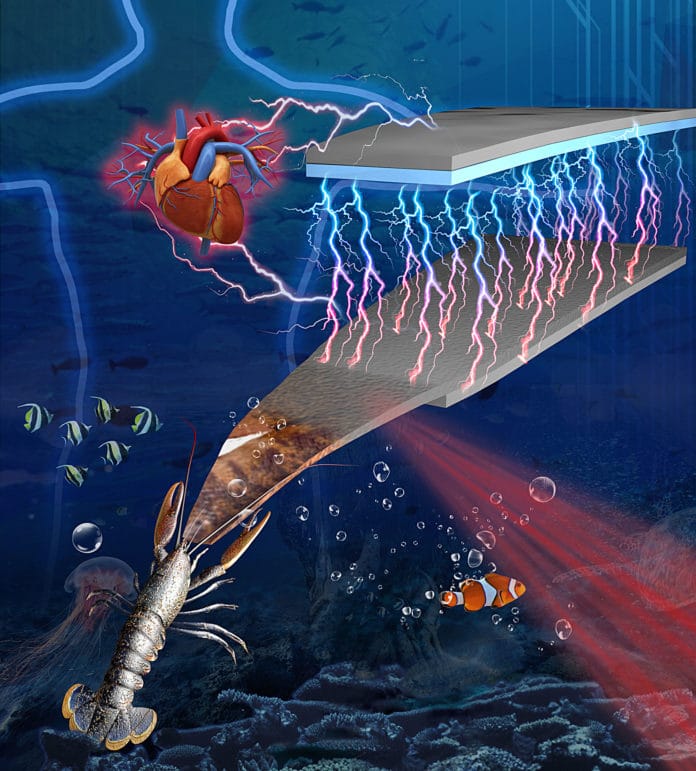Using material derived from the shells of crabs, i.e., Chitosan, scientists at Purdue University have developed a new method for powering medical sensors, phone screens, and other devices.
Chitosan is an abundant natural biopolymer from marine crustacean shells. Scientists, using Chitosan created triboelectric nanogenerators. TENGs help conserve mechanical energy and turn it into power.
Wenzhuo Wu, the Ravi and Eleanor Talwar Rising Star Assistant Professor of industrial engineering at Purdue’s College of Engineering, who led the development team, said, “We have taken an innovative approach to use typically wasted shell material and turned it into functional, self-powered devices.”
“Such a new class of TENGs derived from natural biomaterials may pave the way toward the economically viable and ecologically friendly production of flexible TENGs for self-powered nanosystems in biomedical and environmental applications.”
“The technology can be useful for medical sensors to monitor the activity of the heart or brain, or to help with touchscreen technologies on medical devices or cellphones. The TENG innovation also has applications for virtual and augmented reality technologies, as the Purdue innovation can detect body movement and turn the mechanical energy into electrical energy.”
Journal Reference:
- Engineered and Laser-Processed Chitosan Biopolymers for Sustainable and Biodegradable Triboelectric Power Generation. DOI: 10.1002/adma.201706267
